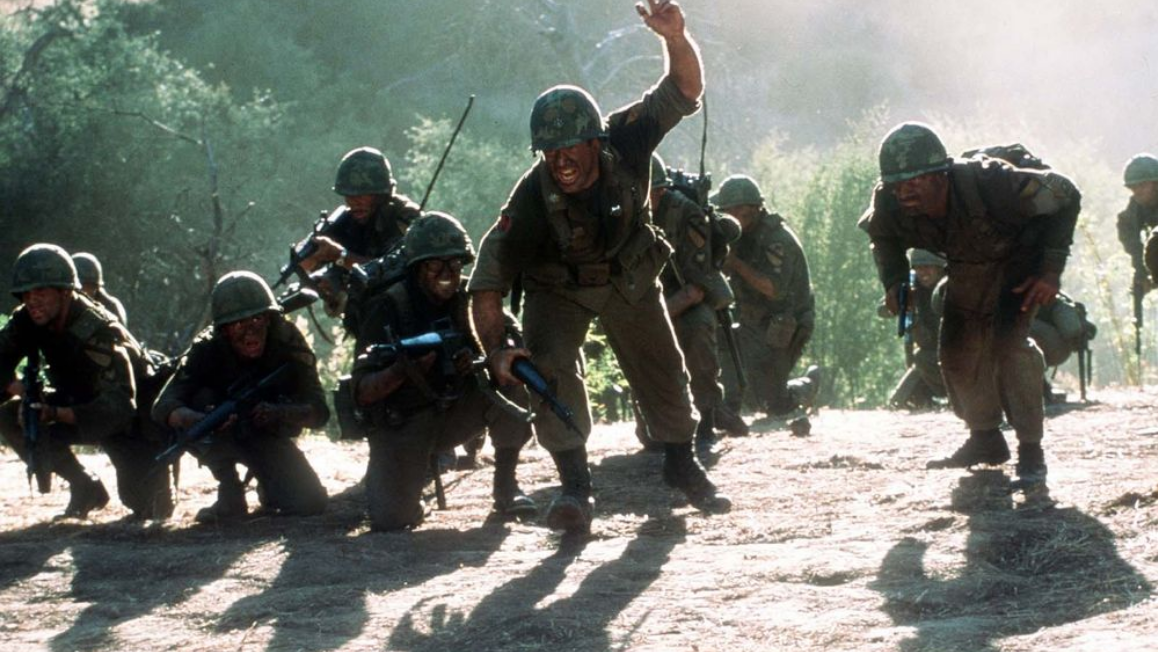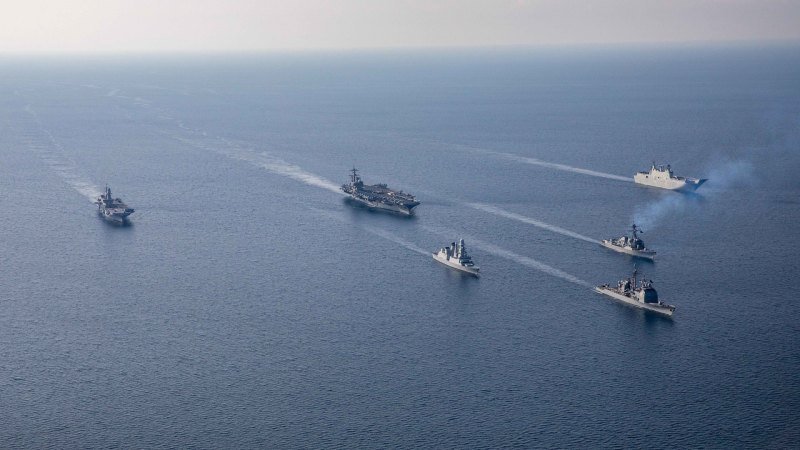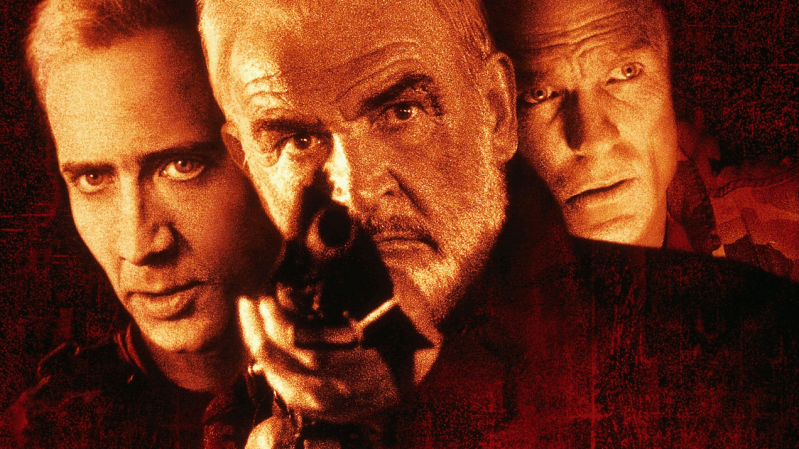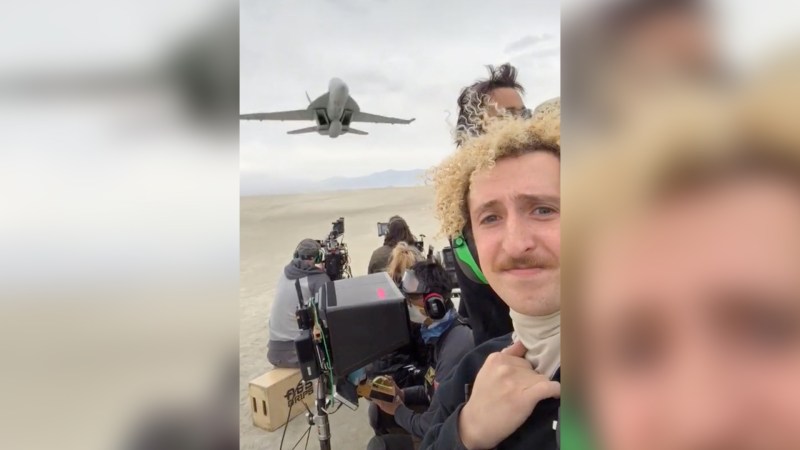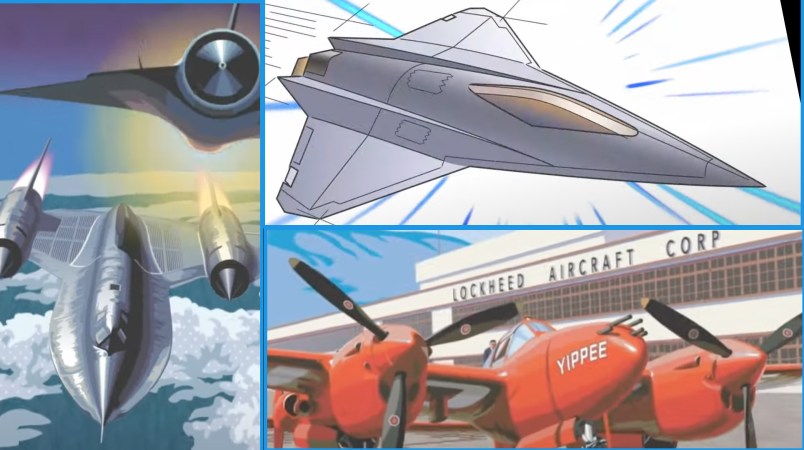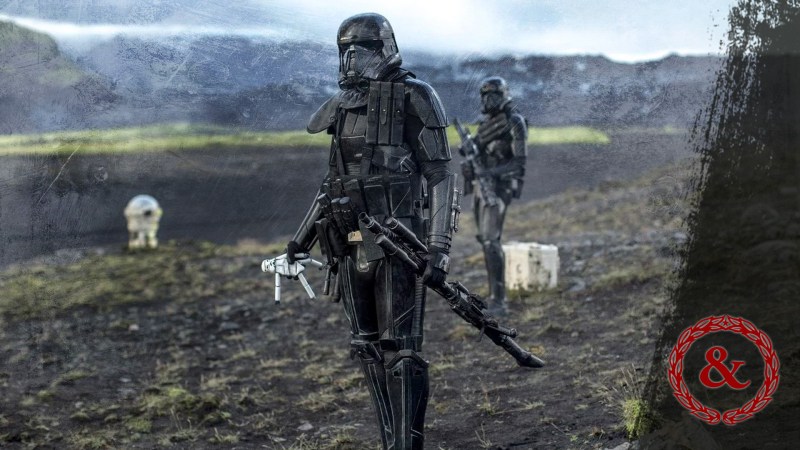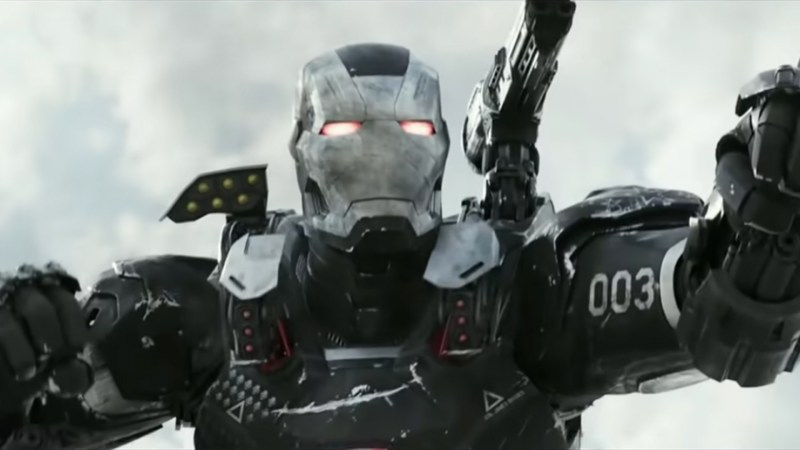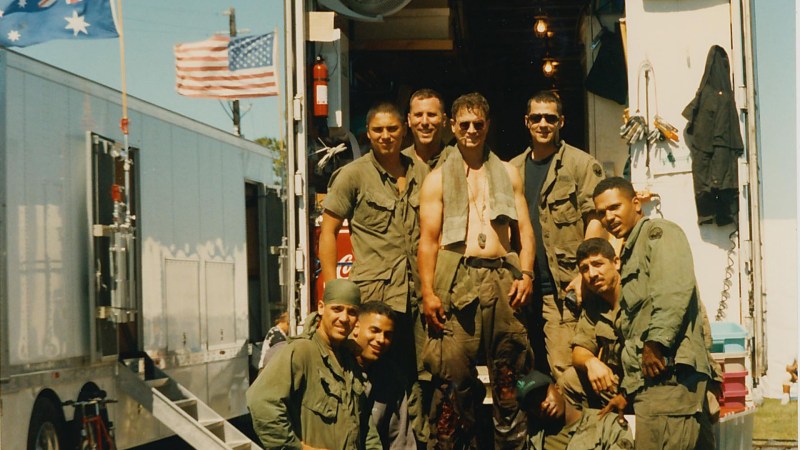We Were Soldiers is a unique movie. For one thing, it was one of the last major Vietnam War films made, both removed by more than two decades from the conflict and also coming out just before Hollywood shifted focus to the Global War on Terror.
The 2002 film, directed by Randal Wallace and adapted the 1992 history book We Were Soldiers Once…and Young: la Drang – The Battle That Changed the War in Vietnam, also offers a rare Hollywood look at the early days of the American military’s involvement in the war. Surprisingly, it relatively splits its focus between the American commander, then-Lt. Col. Hal Moore and the North Vietnamese commander, Nguyễn Hữu An.
The historical book by Moore and reporter Joseph Galloway, who reported from the scene of the fight, looked at the build up to the major confrontation and goes into the fighting in detail. Wallace’s film tries to get many of those details right.
However the movie didn’t go to southeast Asia for its shoot. Unlike other Vietnam War-set films which shot in locations such as the Philippines (i.e. Apocalypse Now and Platoon), the movie primarily shot in California. Specifically, We Were Soldiers’ major battle scenes, which make up much of the second half of the film, were filmed around the U.S. Army grounds at Fort Hunter Liggett.
“We originally discussed shooting this in Southeast Asia,” Randall Wallace said in an interview with the Directors Guild of America. “But one of the problems about shooting in places like that is the reliability factor. I’d heard so many horror stories from people who have made deals, shipped everything over there and then on the day they’re ready to do something, somebody shakes them down for money. We knew that wasn’t going to happen here in America and with the places we were choosing.”
Subscribe to Task & Purpose Today. Get the latest military news and culture in your inbox daily.
It also helped that the Ia Drang Valley was not, unlike other parts of Vietnam, a dense and wet jungle. There was plenty of vegetation, but also enough dust and dry land that California made a decent stand-in. The crew still had to plant certain grass and bushes to help make it more accurate.
“Also, the terrain here is exactly like the terrain in Vietnam where the battle actually occurred. It surprised a lot of people to find that the Central Highlands of Vietnam were virtually identical to what we found in California,” Wallace added.
Filming in drought-prone California did have some unique challenges. The crew had to water the area heavily to avoid having the pyrotechnics — including a notable napalm explosion during the battle — set off a wider fire. According to Wallace, the crew planted new plants in the area when filming wrapped to make up for any damage done during production.
According to the direct, the California filming location helped with logistics, both for bringing in equipment and finding extras from the state’s sizable Vietnamese population.
For the stateside scenes, the movie used multiple locations on both coasts. Several scenes were filmed in Pasadena, California. Some events set at Fort Benning(now itself named Fort Moore after Col. Moore and his wife) saw the cast and crew actually at the Army installation. The big dance before the troops leave for Vietnam? That’s Fort Moore.
So the next time you sit down to watch the film, consider there is some authenticity for the locations on screen.
The latest on Task & Purpose
- Marine recruit almost shot a perfect marksmanship score at boot camp
- ‘F—k you, I don’t know’: Marine vet Adam Driver delivers lance corporal salute during Q&A
- Army corrects records of Black ‘Buffalo Soldiers’ hanged by US in 1917
- Navy SEAL investigated for alleged ties to extremists
- Five 160th SOAR Nightstalkers killed in training crash identified

